
Status of Duck and Goose Populations and Wetlands on the Breeding Grounds

In a typical year, much of the primary duck and goose breeding ranges are surveyed to estimate waterfowl populations. Survey transects are flown by airplane by trained biologists and pilot biologists who document wetland numbers and count pairs, lone males and groups of ducks and geese. These estimates are entered into equations that also account for duck harvest and other metrics used to determine hunting regulations. As with virtually everything else in 2020, this was not a typical year for waterfowl habitat and population monitoring. Duck population and wetland surveys were canceled across most of the primary waterfowl breeding range, except for North Dakota which conducted surveys. As a result, waterfowl managers were left without the usual information used to determine appropriate hunting regulations for next year, the 2021 season.
Several years ago, the regulation setting process for waterfowl was changed to use the current year’s data to set next year’s regulations. Waterfowl hunting regulations for 2020 were set in 2019, so regulations for this upcoming hunting season are unaffected. However, because most waterfowl breeding population surveys were not conducted this spring, there is no data from 2020 to inform the models used to determine hunting regulations for 2021. As a result, different techniques were used by the U.S. Fish and Wildlife Service’s Division of Migratory Bird Management to evaluate changes in habitat and population levels. The results of this challenging effort will likely lead to stable regulations between hunting years 2020 and 2021. Regarding federal frameworks, that is, no changes in season lengths or bag limits.

Other metrics that can be used to gain insight on waterfowl populations include brood surveys and banding efforts. Both of these activities were also limited in 2020. Duck banding efforts were canceled or reduced in Canadian provinces, but some efforts were relocated to North and South Dakota, where production seemed to be average or better this year based on ratios of juveniles to adults captured and banded. Arctic nesting goose banding efforts were also canceled or greatly reduced. The efforts conducted indicated relatively poor production. Within Illinois, Canada goose and wood duck banding occurred at near normal levels, despite many pandemic related precautions and restrictions in place. Canada goose production appeared to be good around the state this year, slightly lower than 2019, but similar to the ten-year average. Wood duck banding results and production estimates are still being finalized, but early results indicate production varied from poor to good across the state. Drought appeared to have impacted production in some areas, but banders observed good production in the central Illinois River Valley and in portions of southern Illinois. Statewide, the preliminary banding age ratio is similar to last year, but approximately 20 percent below the ten-year average.
Within Illinois
The number of waterfowl individual hunters encounter in Illinois each fall and winter varies with a number of factors, including size of the continental population, timing of weather events and local habitat conditions. For the first time in several years, habitat conditions look promising across much of Illinois. A relatively “normal” spring flood and summer dry cycle allowed for traditional habitat management at many state managed areas, National Wildlife Refuges and private hunting areas. Barring extensive flooding or an early freeze, there appears to be an abundance of natural feed for ducks in many parts of the state. An abundance of food resources in an area can attract and hold a variety of waterfowl throughout migration, and hunter harvest increases when local duck abundance increases.

Hunters who frequent public hunting areas should be aware of pandemic-related precautions and procedures that will be different than previous years. High hunter success often leads to increased attendance, and new procedures may lead to delays at some sites. Please be aware of this situation, patient with different procedures and respectful towards fellow hunters and site staff.
For additional information on waterfowl harvests, population trends, aerial surveys and hunter opinions visit:
U.S. Fish and Wildlife Service
Randy Smith is the IDNR Division of Wildlife Resources Wetland Wildlife Program Manager.






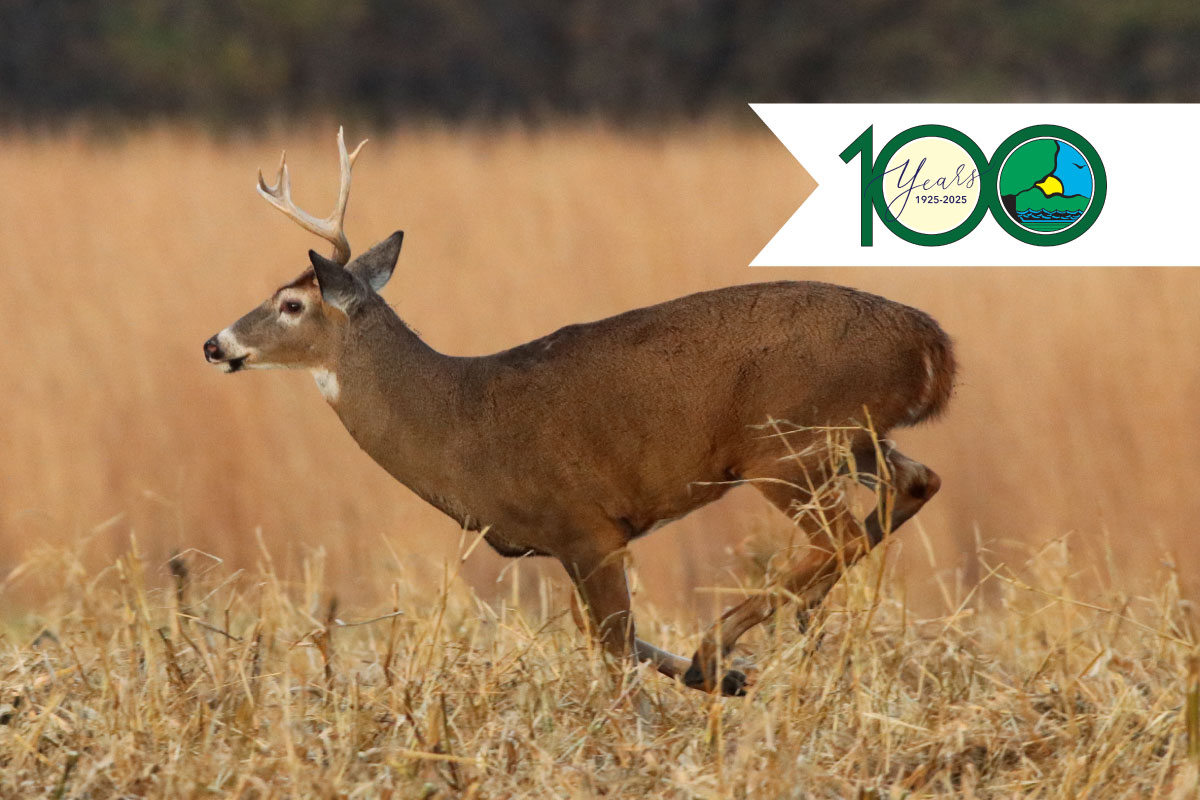

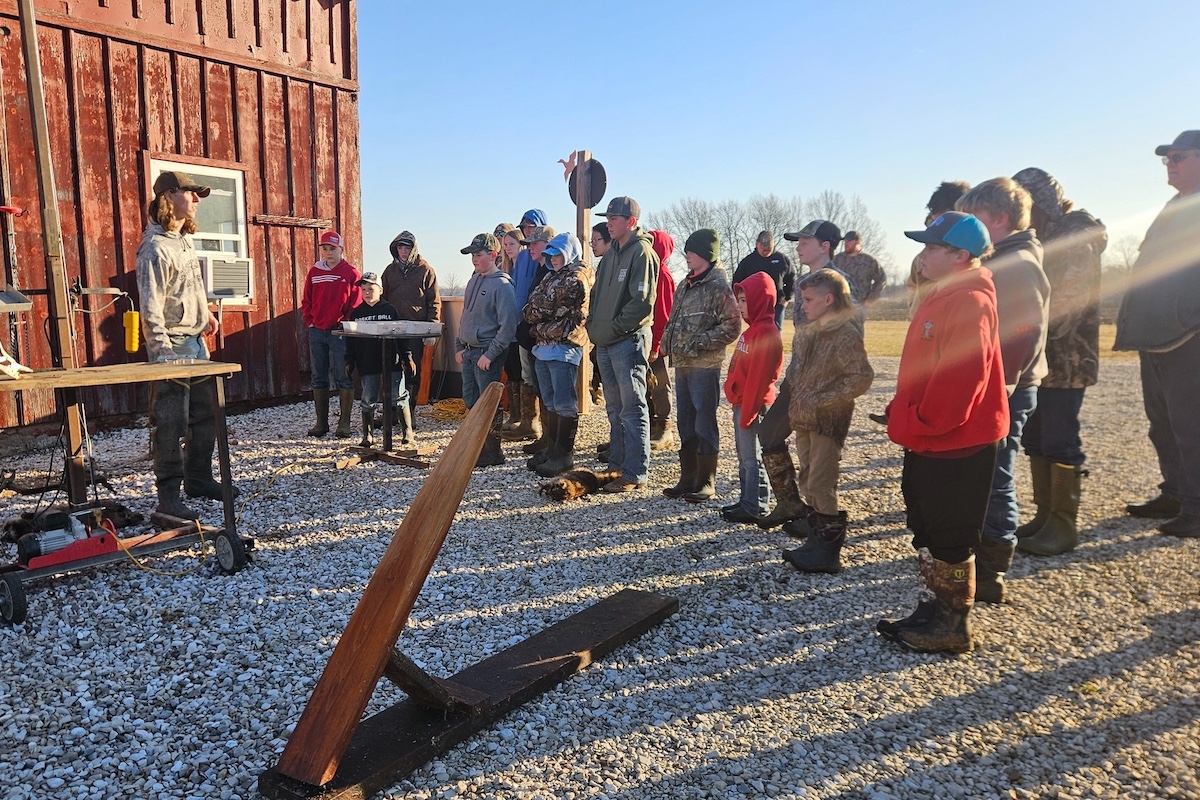
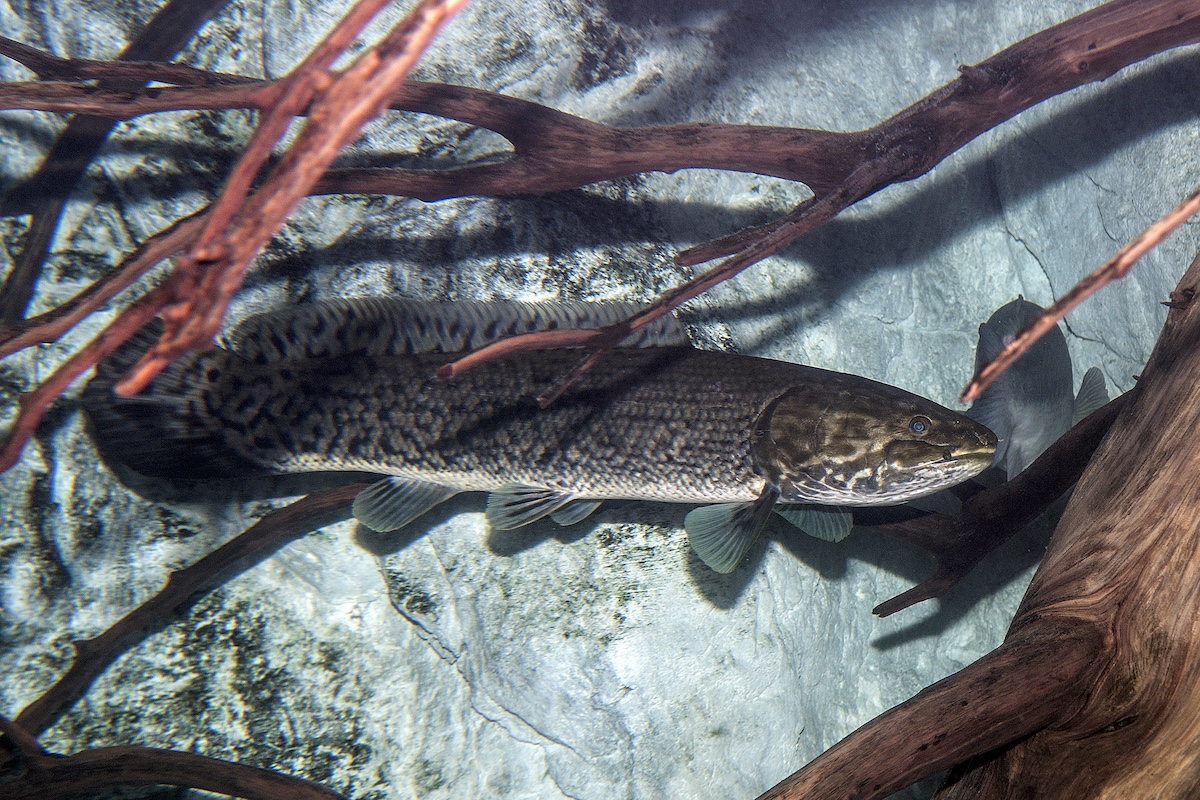
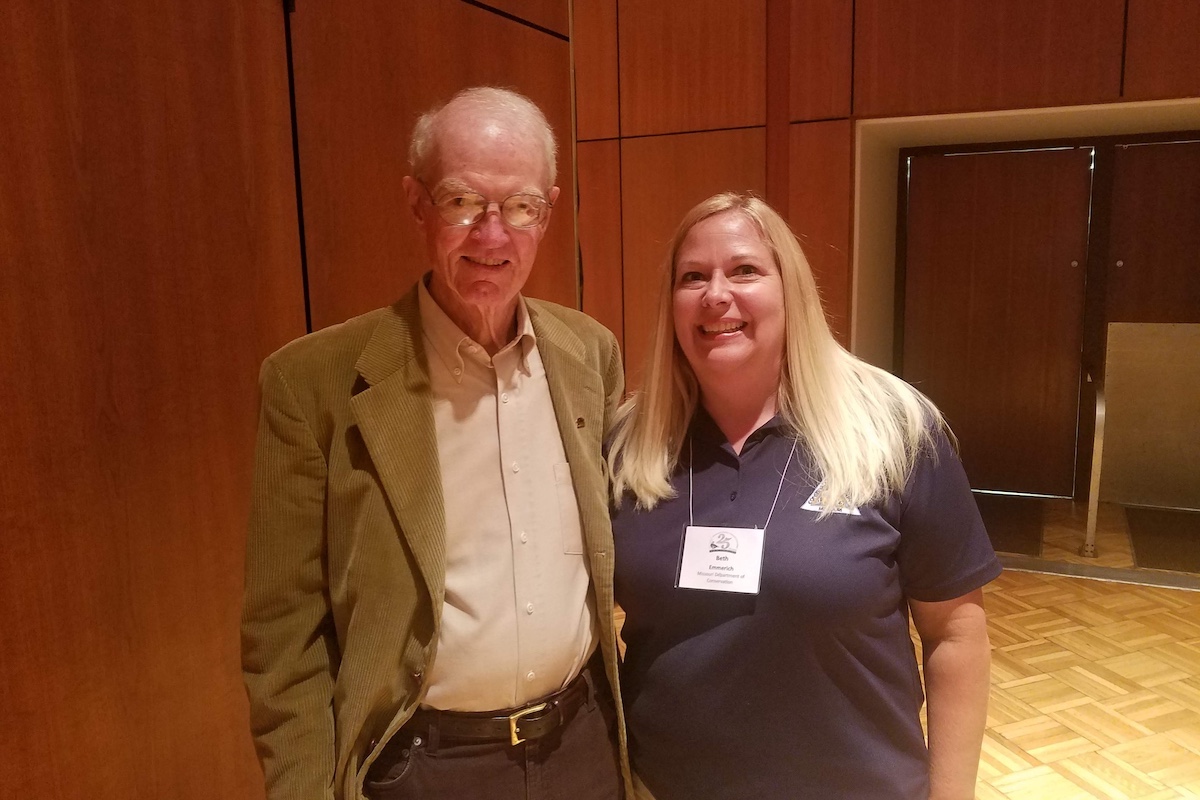
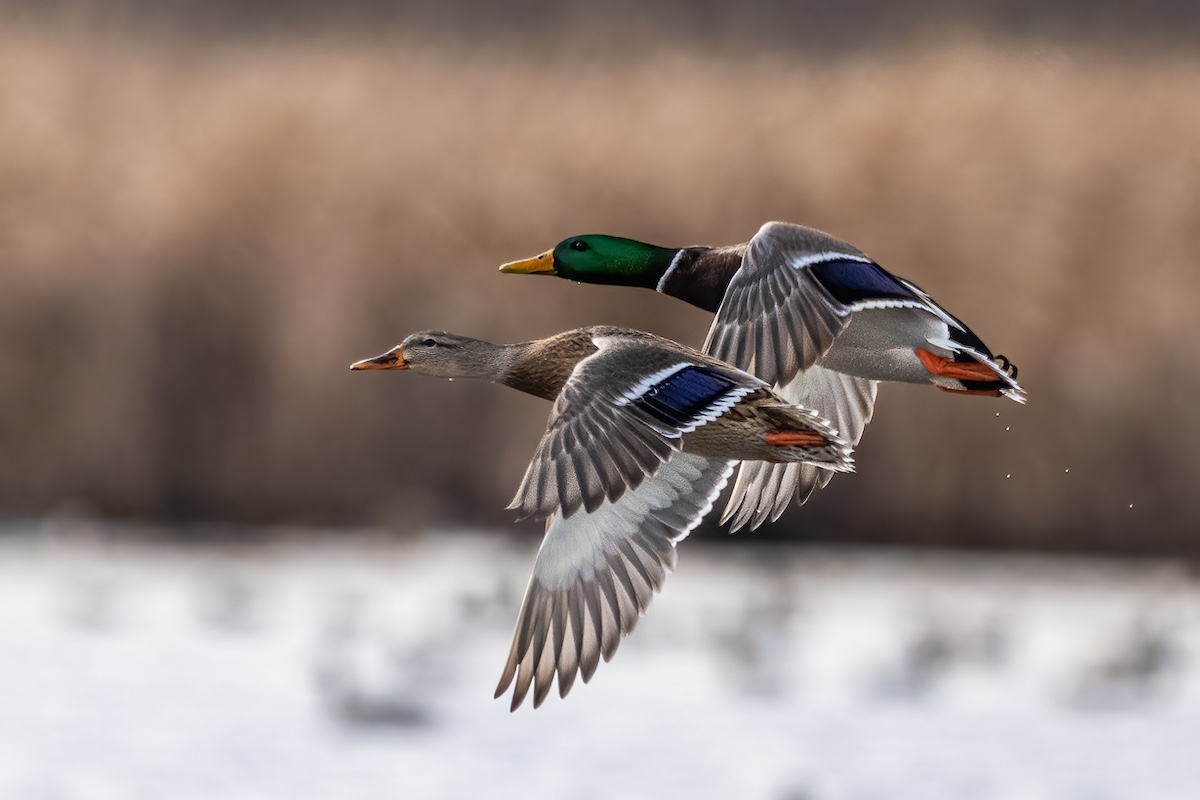
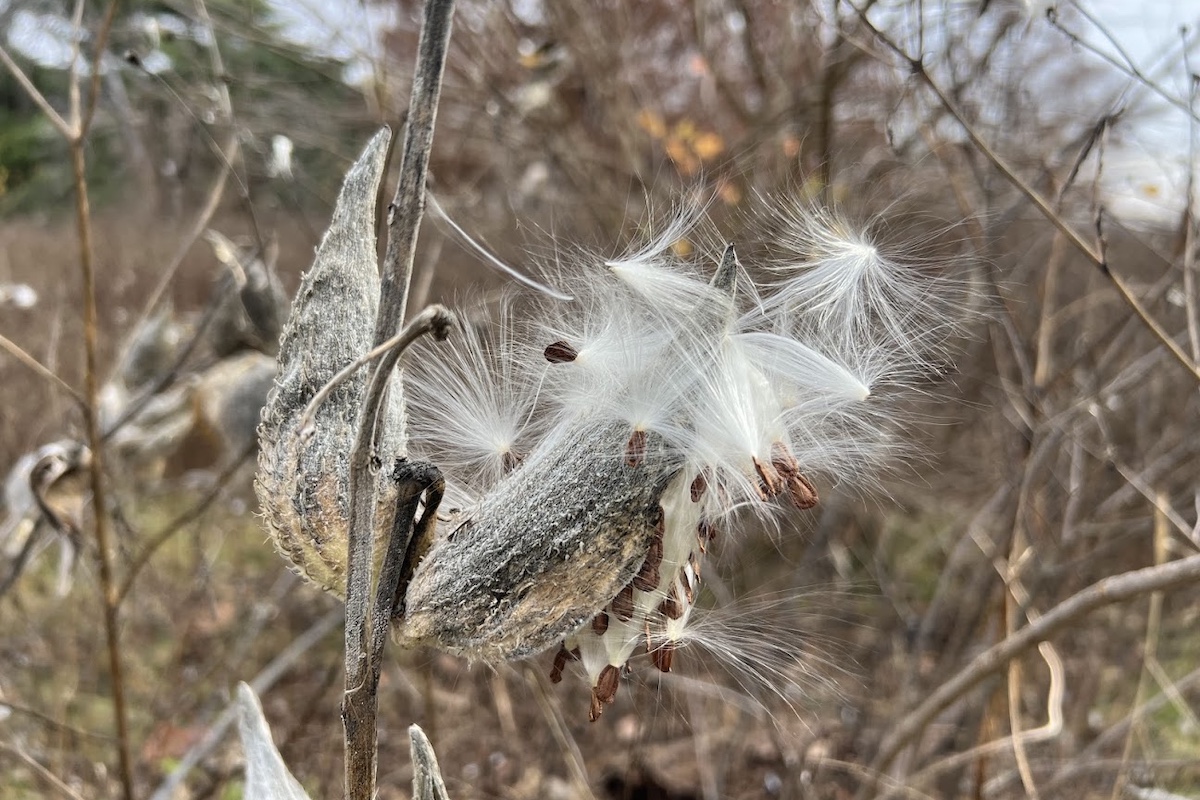
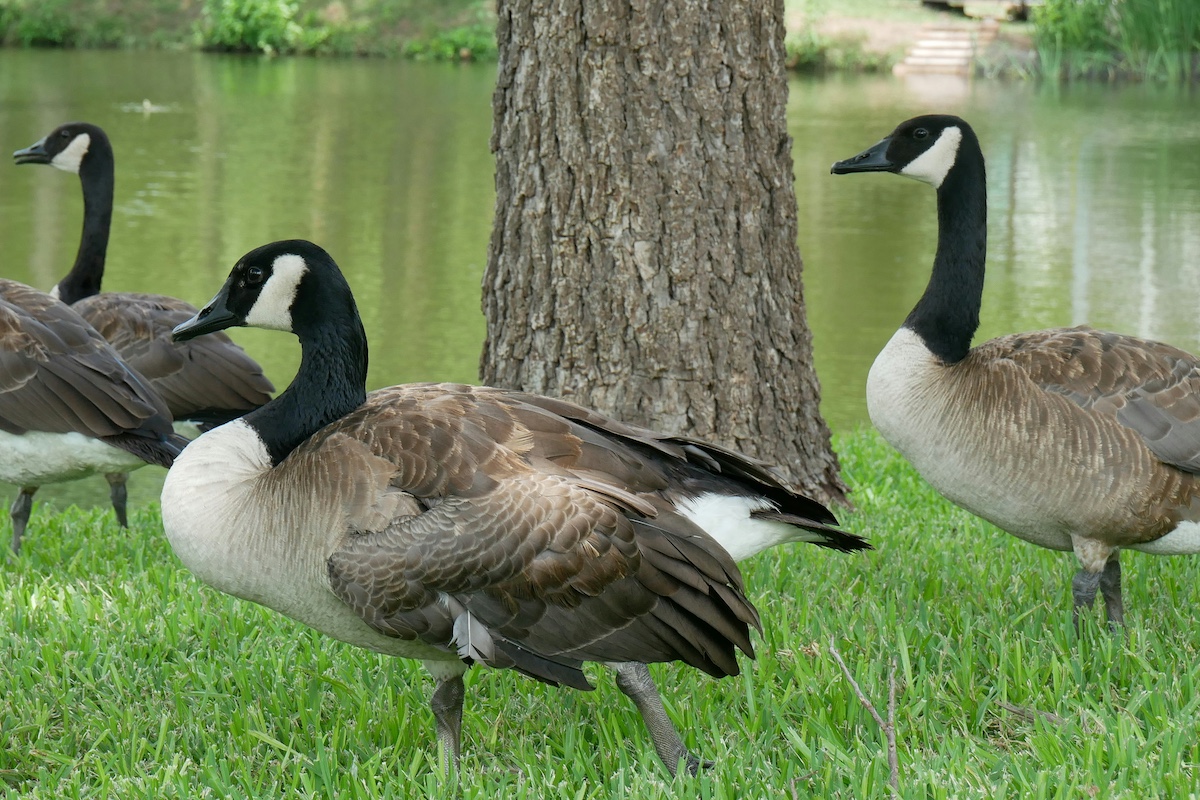
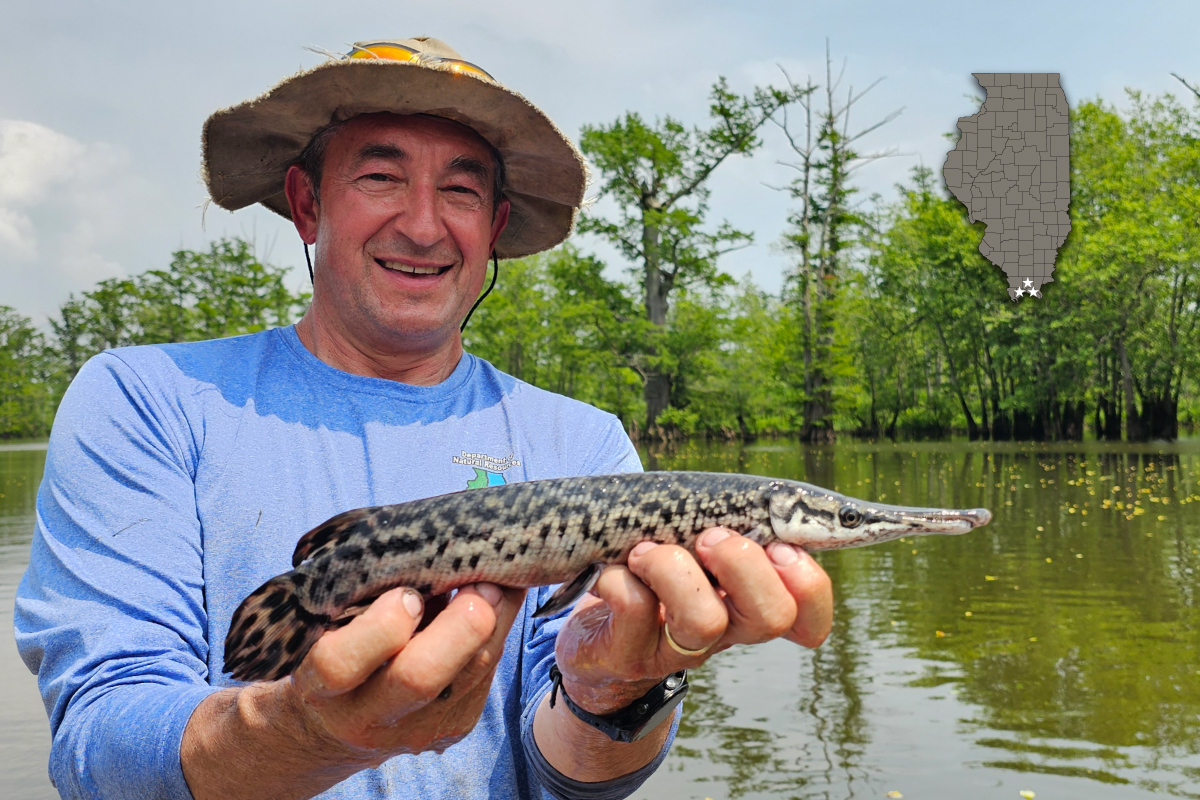
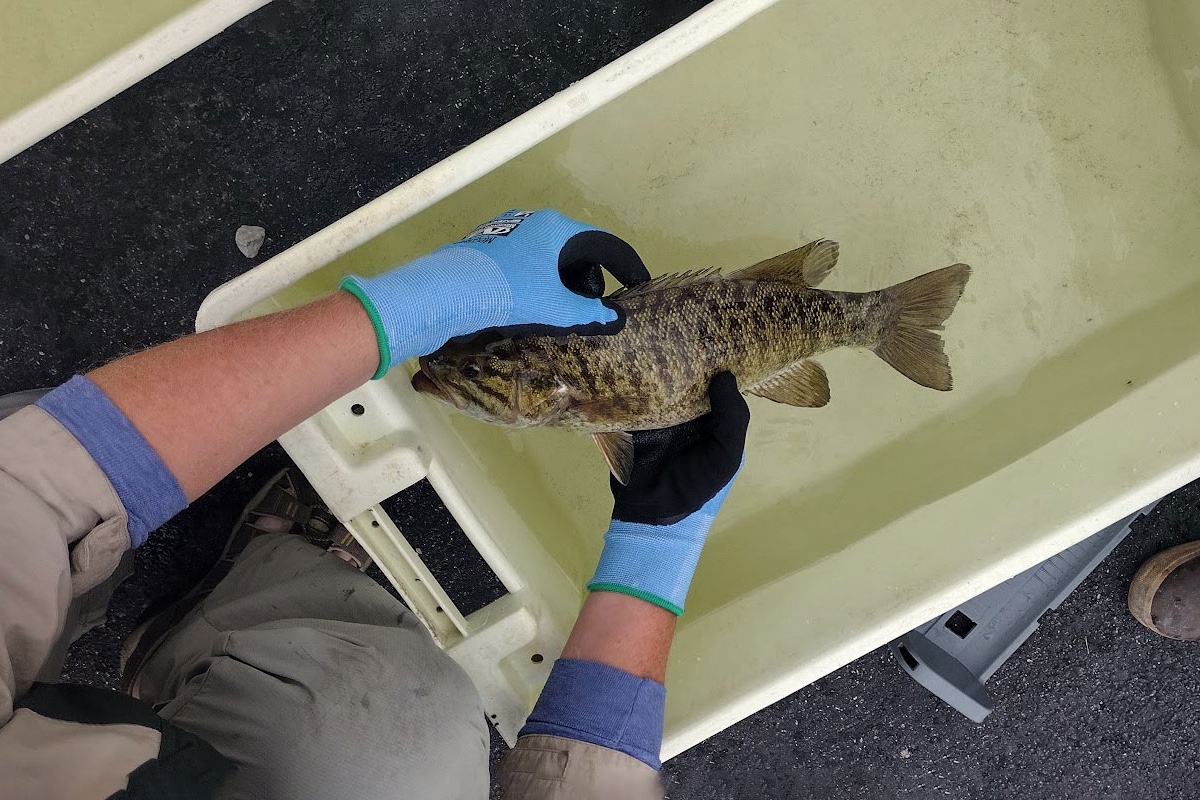
Submit a question for the author